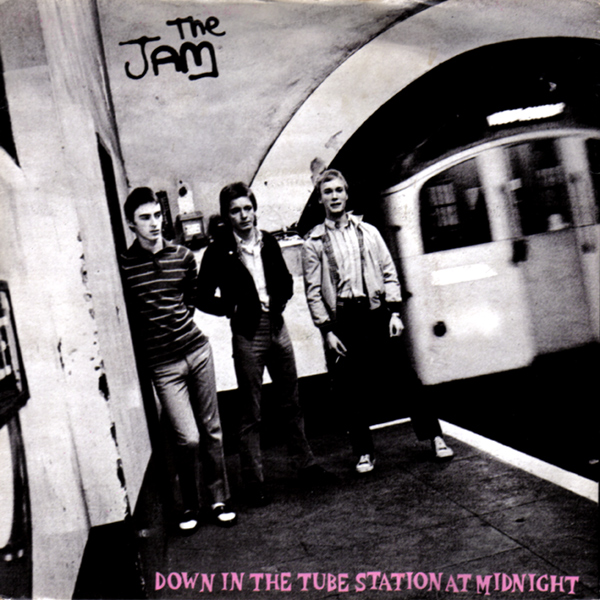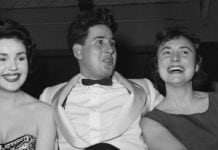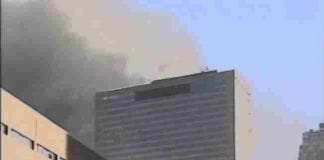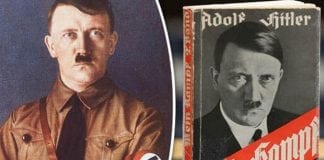Down In The Tube Station At Midnight (Weller)
Recorded in August 1978 at RAK Studios, St Johns Wood, London
Produced by Vic Coppersmith Heaven
A-side released 6 October 1978; Polydor POSP 8; reached no 15 in UK chart
B-side: ‘So Sad About Us’ (Townshend)/’The Night’ (Foxton)
Only two months after ‘David Watts’’ muted reception The Jam returned to the charts in some style. ‘Down In The Tube Station At Midnight’ was released on 6 October and signalled a real turning point for the band. Musically the track demonstrates a significant change of style for The Jam.
Instead of having Weller’s raging Rickenbacker high in the mix, the song is driven along by Foxton’s intricate bass line, with Paul contributing single spaced-out chords throughout the verses before raising the tempo in time for a punching chorus – a style Kurt Cobain would use to great effect with Nirvana a decade later.
Lyrically Weller again tells a story in the first person, this time a witty but at times menacing tale of a young man attacked on the London Underground late at night.
The scene is set is set as the song’s character fumbles in his pocket for the right change for his ticket and hears hateful voices whispering behind him.
Finally the voices shout out and demand money with menaces and a violent mugging is about to take place. (The phrase in the second verse ‘smiling beguiling’, incidentally, was lifted from The Yardbirds’ 1965 single ‘Evil Hearted You’.)
Descriptively, Weller borrows from Ray Davies’ style of creating images in the Kinks songs, whereby the listener can almost see and feel the events taking place.
First Weller’s victim was punched and then kicked by right wing thugs fresh out of prison (Wormwood Scrubs) and then left drifting in and out of consciousness on the platform.
Finally, in a sinister twist, Weller reminds us his victim’s wife is waiting at home for him and the muggers have stolen his flat keys.
Weller himself describes the track as a short television play transposed to a three-minute pop song. ‘A geezer is on his way home from work with a take-away and gets beaten up on the platform by some thugs. He assesses his life as it flashes across his eyes and his last thought is his take-away curry getting cold on the floor.’
But, in perhaps the greatest image of all, as he slips in and out of consciousness all he can make out is a British Rail poster advertising an Awayday. With that, Weller firmly establishes himself as one of the great three-minute storytellers.
Rick Buckler: ‘I remember exactly what happened with ‘Tube Station’. It was developed around Bruce’s bass line, which is pretty obvious, and we had all the musical parts worked out and then Paul came in one day with some lyrics, which are fantastic, and we adapted the song to suit them.’
But adapting it wasn’t as easy as Buckler makes it sound. ‘Paul wanted to scrap it after a while,’ producer Vic Coppersmith Heaven said. ‘He’s very impatient in the studio, with The Jam being very much a live band, and he didn’t think it was working. He said it was rubbish but when I read the lyrics I was knocked out and told him he must be joking.’
History has proven Coppersmith-Heaven right in encouraging The Jam to persevere with ‘Down In The Tube Station At Midnight’ and make it work.
In 1981 Paul said, ‘I still think that ‘Tube Station’ is the best single we have done and it’s not that commercial when you first hear it. I think people are getting more into actually listening to the songs and not just the first hook line.’
‘Down In The Tube Station At Midnight’ only managed to chart at number 15, failing to beat their previous best position with ‘All Around The World’, which reached number 13.
But, more encouragingly, it was the first song Weller had written since April 1977 (before the release of their debut album) which was good enough to be released as a single. The song illustrated that not only was Weller back, he was far better than he had ever been.
In the past his story telling had been at best lumpy, but now Paul was creating identifiable English characters and telling grim real-life English stories.
‘Down In The Tube Station At Midnight’ was one of the most popular songs The Jam played live at that time, and a haunting version appears on The Jam at the BBC during their live concert broadcast from the Golders Green Hippodrome on 19 December 1981.
Anybody attending a Jam gig between 1978 and 1980 will remember the thunderous noise of a tube train echoing through the PA system, which would usually attract the largest cheer of the night as the band launched into the song.
But Rick Buckler remembers it all going wrong on one occasion: ‘We went off on tour and nobody thought to bring along the taped tube train intro to the song,’ he recalled;
‘Then someone had the bright idea of going out to a local record shop and buying the single to play the intro off that. The problem was the single was half a beat out from the version we played live and Paul came in at the wrong time. Bruce and I looked at each other and switched to Paul’s beat, just as he realised it for himself and switched to ours, which meant we were all out of time again. That time Bruce and I just stayed with it and Paul had to come back to us. We got away with it though, but we didn’t bother with the tube recording after that.’
But some recognised pundits missed the point of the song completely, and Radio 1 DJ Tony Blackburn was scathing about the lyric on his show.
‘I think it is disgusting the way these punks sing about violence all the time,’ he raged. ‘Why can’t they sing about beautiful things like trees and flowers?’
Weller was furious and phoned the programme to defend his creation on air and explain the anti-violent message he was trying to put across.
But ‘Tube Station’ won The Jam an army of new fans, all eager to find out what was going to be on the upcoming album All Mod Cons. The rush to the shops as soon as the LP was released catapulted The Jam to number six in the UK charts.
For students of detail, the tube train intro was recorded by Vic Coppersmith-Heaven just around the corner from the studio at St Johns Wood tube station and the sleeve photographs were taken Polydor art director Bill Smith at Bond Street tube. – Albert Jack
Albert Jack AUDIOBOOKS available for download here
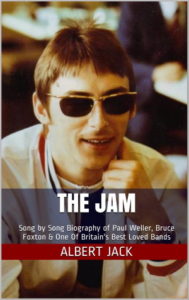
The Jam: Sounds From the Street

